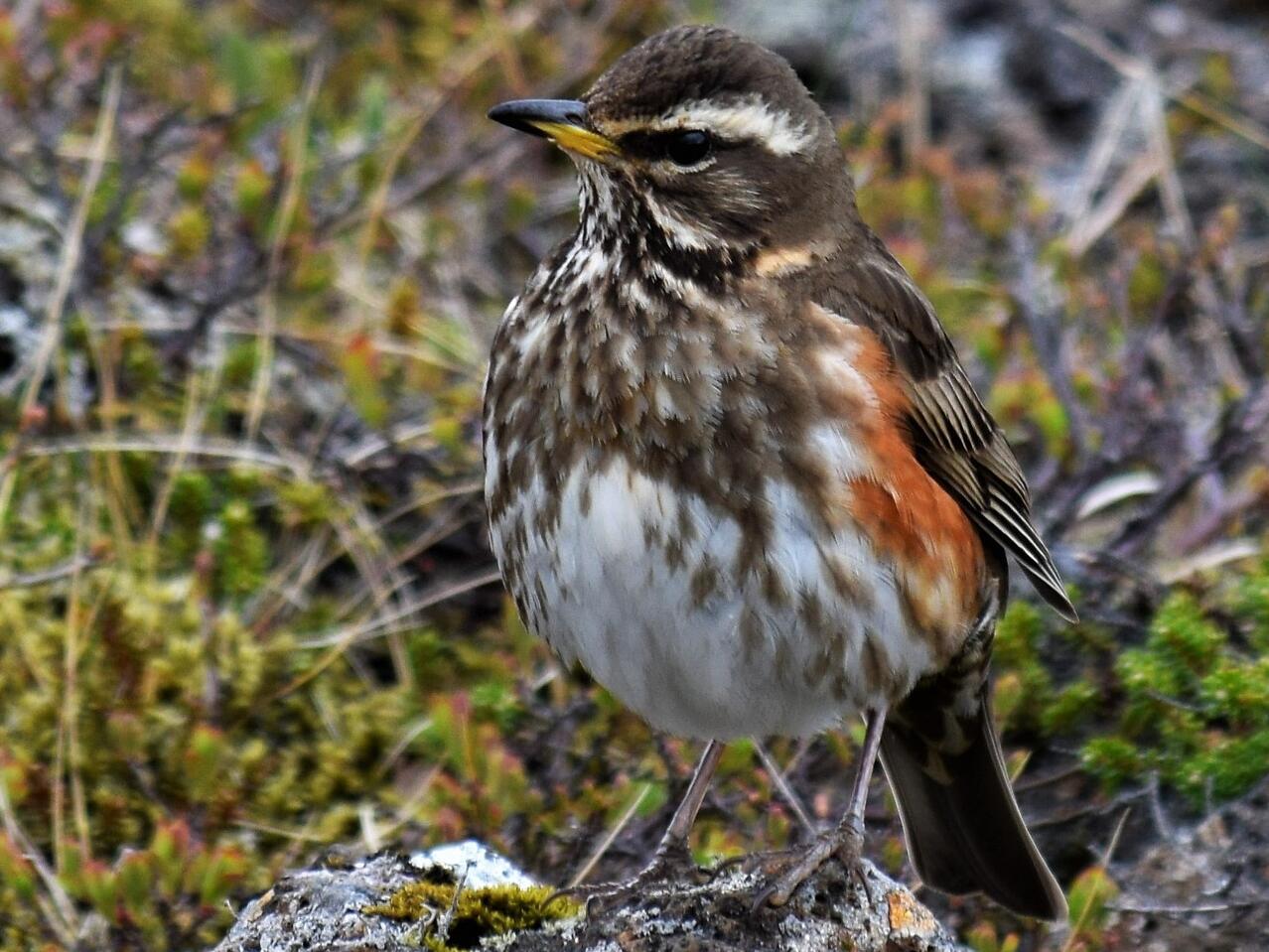What is bird migration?
Among sedentary birds, some species occupy a particular territory. They never leave it, regardless of the time of year. Others occupy a territory only during the breeding season. Migratory birds move to other regions during the wintering period.
Since the last ice age, birds have been forced to migrate in search of milder areas, both in terms of climate and food. This is why the Mediterranean area has been a suitable breeding ground.






